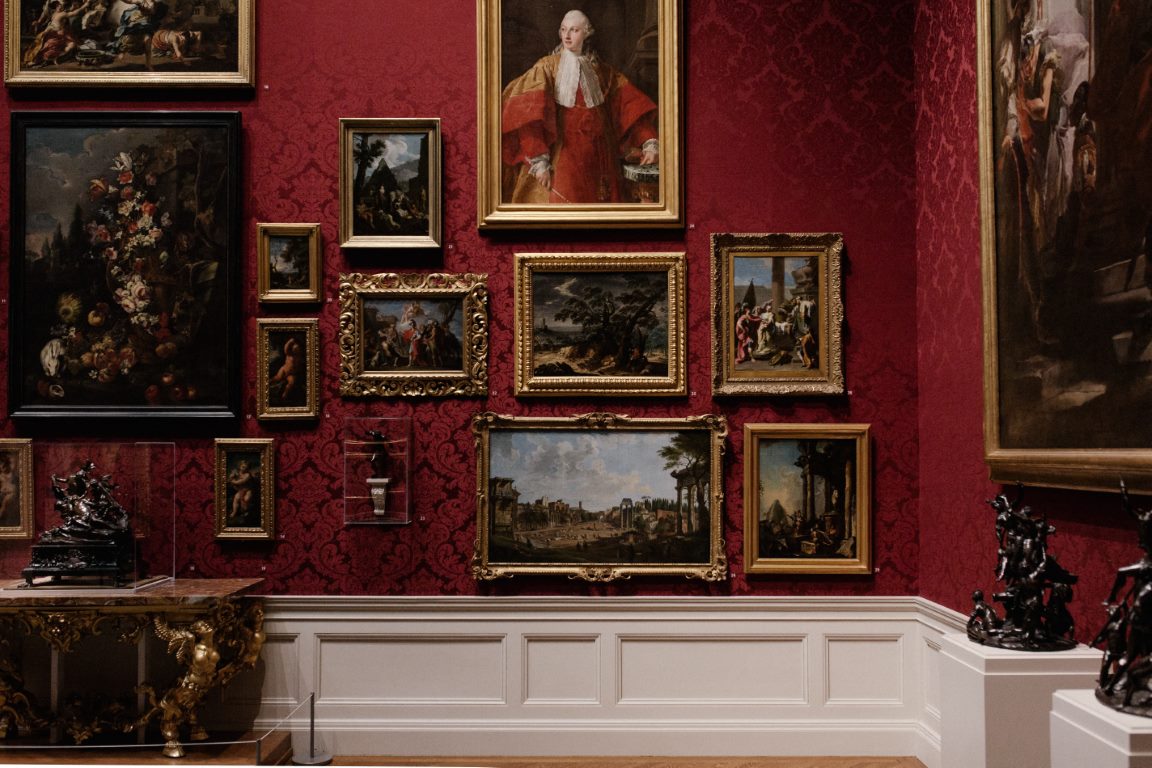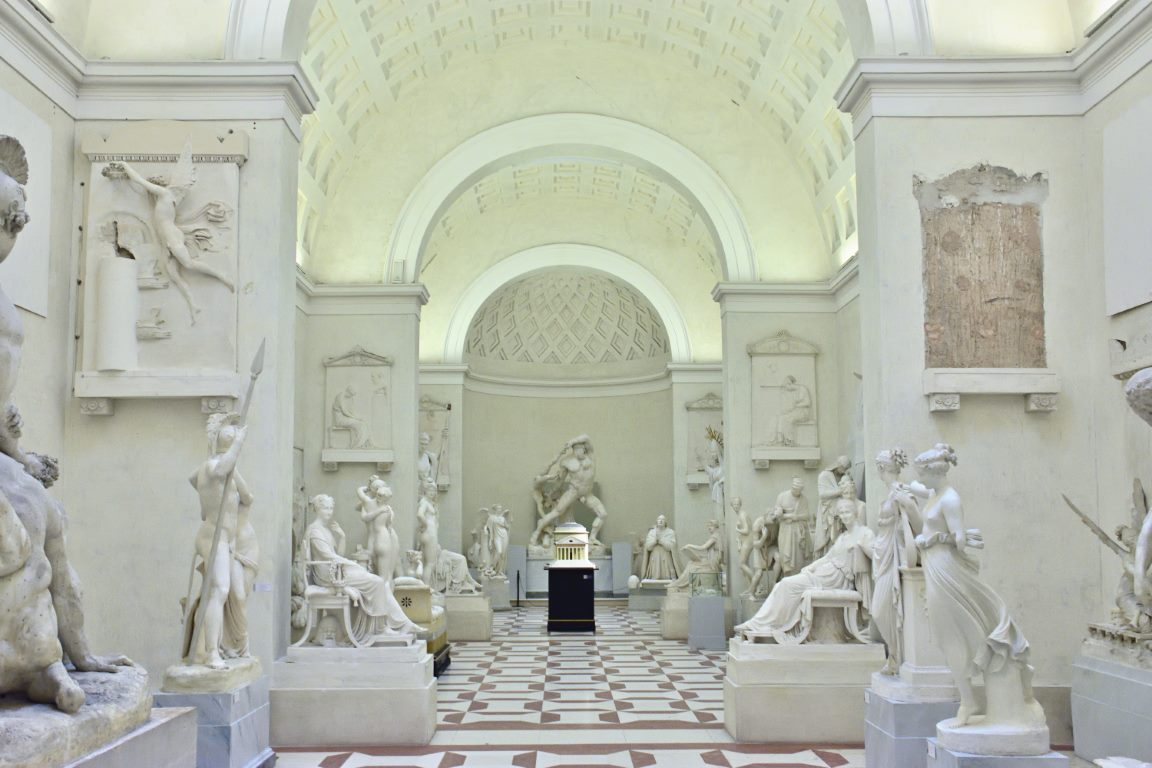How to Plan Your Kyoto Morning Tour of Kyoto Imperial Palace, Golden Pavilion, and Nijo Castle
Kyoto, the ancient capital city of Japan, is renowned for its beautiful temples, gardens, and palaces that reflect the country’s rich culture and history. The city’s historic sites are so precious that many of them are listed as UNESCO World Heritage sites. If you’re short on time, this Kyoto morning tour is an excellent way to explore some of the top cultural landmarks of Kyoto.Tour Overview
This half-day morning tour includes visits to three of Kyoto’s most famous attractions: Nijo Castle, Kinkakuji Temple (Golden Pavilion), and the Kyoto Imperial Palace. The tour is conducted in English.What’s Included
The tour includes a professional English-speaking guide, air-conditioned transport between sites in a vehicle, and admission fees to all attractions. Hotel pick-up and drop-off are not included. Food, drinks, and gratuities are also not provided in the tour.Tour Highlights
When you book this tour, you’ll enjoy the following highlights:Nijo Castle
Nijo Castle was built in the early Edo period for the Tokugawa shoguns. The castle was built with the purpose of providing a defensive residence for the shoguns when they visited Kyoto. Your guide will lead you through the castle, sharing its rich history and pointing out its advanced security features.Kinkakuji Temple (Golden Pavilion)
Kinkakuji Temple, also known as the Golden Pavilion, is located in the northwest part of Kyoto city. The temple is a UNESCO World Heritage site known for its beautiful garden that reflects in a large pond in front of the temple. The main building of the temple is covered with pure gold leaves and is symbolic of Japan’s prosperity and grandeur.Kyoto Imperial Palace
The Kyoto Imperial Palace, located in Kyoto Gyoen (Kyoto Imperial Park), was the residence of the Emperor until the Imperial Palace was relocated to Tokyo in 1868. The palace is surrounded by a beautiful garden that represents the paradise mentioned in ancient Chinese and Japanese literature.Tour Itinerary
08:15
Meet your guide at the JTB SUNRISE TOURS DESK in Kyoto.08:30
Depart from the meeting point and head to Nijo Castle.09:00
Arrive at Nijo Castle.10:10
Depart from Nijo Castle and head to Kinkakuji Temple.10:40
Arrive at Kinkakuji Temple.11:40
Depart from Kinkakuji Temple and head to the Kyoto Imperial Palace.12:10
Arrive at the Kyoto Imperial Palace.12:50
The tour ends at the Kyoto Imperial Palace.Booking Information
To book this tour, visit Viator and choose the appropriate date and number of people. The total cost of the tour is approximately USD 83. Be sure to wear comfortable shoes and clothes, bring a camera, and have cash on hand for personal expenses.Book Your Tour Now
Kyoto is a culturally rich city that offers an exciting blend of ancient and modern atmosphere. The Kyoto Morning Tour of Kyoto Imperial Palace, Golden Pavilion, and Nijo Castle is a perfect introduction to the city’s cultural and architectural heritage. With a knowledgeable guide, air-conditioned transport, and admission fees included, you’re sure to enjoy your tour to the fullest. Book your tour now and experience the rich culture and history of Kyoto.
Frequently Asked Questions about Kyoto
1. Where is Kyoto located?
Kyoto is located in the central part of Japan’s Honshu island. It is about 400 km west of Tokyo and about 40 km east of Osaka. It is also part of the Kansai region, which is known for its cultural and historical significance.
2. What is the best time of year to visit Kyoto?
The best time of the year to visit Kyoto is during the spring and fall seasons. In spring, you get to see the famous cherry blossoms in full bloom, while in fall, you get to see the beautiful autumn foliage. Summers can be hot and humid, and winters can be cold, but there’s still plenty to see and do year-round.
3. What are some of the best things to do in Kyoto?
There are plenty of things to do and see in Kyoto. Here are some of the best things:
- Visit the Fushimi Inari Shrine and hike up to the top to see the stunning views.
- Explore the traditional neighborhoods of Kyoto, such as Gion and Higashiyama.
- Visit the UNESCO World Heritage Sites such as Kiyomizu-dera Temple, Ginkaku-ji, and Ryoan-ji.
- Take a stroll through the beautiful Arashiyama Bamboo Grove.
- Experience a traditional tea ceremony at a tea house.
4. What is the food culture like in Kyoto?
Kyoto is known for its traditional Japanese cuisine, such as Kaiseki Ryori, which is a multi-course meal that features seasonal and local ingredients. You can also find delicious street food like takoyaki (octopus balls) and okonomiyaki (savory pancakes). Kyoto is also known for its traditional sweets, such as wagashi, which are often served with green tea.
5. What is the best way to get around Kyoto?
The best way to get around Kyoto is by public transportation, such as buses and trains. The city is well-connected by a network of buses and trains, and you can purchase a prepaid card like the ICOCA to make traveling easier. You can also rent bicycles to explore the city at your own pace.
6. What are some of the best accommodations in Kyoto?
There are plenty of accommodations in Kyoto, ranging from budget hostels to luxury hotels. Here are some of the best options:
- The Ritz-Carlton, Kyoto: This is a luxury hotel located in the heart of the city.
- Hiiragiya Ryokan: This is a traditional Japanese inn that has been in business for over 180 years.
- Kyoto Granbell Hotel: This is a modern hotel located near the train station.
- K’s House Kyoto: This is a budget hostel that offers private and dormitory-style rooms.
7. Is it necessary to speak Japanese to visit Kyoto?
No, it’s not necessary to speak Japanese to visit Kyoto. Many locals speak some English, and there are signs and information in English throughout the city. However, it’s always helpful to learn some basic Japanese phrases to communicate while you’re there.
8. What is the nightlife like in Kyoto?
While Kyoto is more known for its historical and cultural sites, there are still plenty of places to go for a night out. You can find bars and clubs in areas like Gion and Pontocho, or you can take a nighttime stroll through the beautiful illuminated temples and shrines.
9. What are some etiquette tips for visiting Kyoto?
Here are some etiquette tips to keep in mind when visiting Kyoto:
- Remove your shoes when entering someone’s home or a traditional restaurant.
- Bow when meeting someone for the first time, and use titles like “san” to show respect.
- Tipping is not customary in Japan.
- Don’t eat or drink while walking, especially in crowded areas.
- Respect the cultural and religious sites, dress modestly, and be mindful of taking photos.
10. What souvenirs should I bring back from Kyoto?
There are plenty of souvenirs to bring back from Kyoto, such as traditional handicrafts, ceramics, and sweets. Here are some ideas:
- Matcha green tea and sweets
- Silk kimonos and accessories
- Handmade ceramics, such as tea sets and bowls
- Traditional lacquerware and woodblock prints
Kyoto is a beautiful and historic city that is full of culture, tradition, and charm. Whether you’re interested in exploring temples and shrines, trying traditional Japanese cuisine, or shopping for souvenirs, there’s something for everyone in Kyoto.

How to spend your time as a tourist in Kyoto
Kyoto, also known as the “City of Ten Thousand Shrines,” is a beautiful city in Japan that is rich in history, culture, and tradition. It is the former capital of Japan, and is famous for its numerous temples, shrines, and well-preserved traditional structures. If you’re planning to visit Kyoto and wondering how to spend your time, this guide will be helpful to you.Visit the Beautiful Temples and Shrines
Kyoto is famous for its temples and shrines, which are the city’s most popular attraction. Some of the most visited temples are Kiyomizu-dera, Kinkaku-ji, and Ginkaku-ji. You should definitely plan to visit each one of them to experience the beauty, tranquility, and historical significance of each temple.Kiyomizu-dera
Kiyomizu-dera is one of the most famous temples in Kyoto. It is a UNESCO World Heritage site and is known for its stunning views of the city. The main hall of the temple, which is built on a hill, offers breathtaking views of the city from the top. This temple is a must-visit for all tourists.Kinkaku-ji
Kinkaku-ji is another famous temple in Kyoto, which is also known as the Golden Pavilion. The temple is covered in gold leaf, and the reflections of the temple in the surrounding pond make it a beautiful sight to behold. The temple is a perfect destination for nature lovers and for those interested in history.Ginkaku-ji
Ginkaku-ji is one of the most visited temples in Kyoto, which is also known as the Silver Pavilion. The temple is a simple white building that blends harmoniously with the surrounding landscape. It is a place to find peace and tranquility, surrounded by beautiful gardens.Experience the Culture
Kyoto is an excellent place to experience Japanese culture, from the traditional tea ceremony to the art of flower arrangement. You can participate in any of the cultural activities to learn more about Japanese culture and its people.Tea Ceremony
The Japanese tea ceremony, also known as the Way of Tea, is a traditional cultural activity that revolves around the preparation and presentation of matcha, a powdered green tea. It is a serene experience that represents the Japanese way of hospitality, harmony, and simplicity.Ikebana
Ikebana, also known as the art of flower arrangement, is a traditional Japanese art form that involves the arrangement of flowers and other materials in a way that expresses beauty, balance, and harmony. It is a way to appreciate nature and its beauty.Explore the Traditional Streets
Kyoto is also famous for its traditional streets, which offer a glimpse into the city’s history and culture. You can wander through the streets, visit the traditional shops, and try local delicacies such as mochi, yatsuhashi, and more.Gion District
Gion is one of the most famous traditional neighborhoods in Kyoto. It is known for its beautiful old buildings, traditional tea houses, and geisha culture. You can stroll through the streets, watch the geishas walking to their appointments, and soak in the beauty of this magical place.Pontocho Alley
Pontocho Alley is another famous alley in Kyoto, known for its traditional restaurants and bars. It is an excellent place to try local delicacies such as yakitori, sushi, and more. You can also enjoy a stroll along the river, listening to the sound of the water and enjoying the beautiful views.Enjoy the Natural Scenery
Kyoto is surrounded by mountains, which offer stunning views of the city and its surroundings. You can enjoy hiking or sightseeing on any of the mountains to appreciate the beauty of nature.Fushimi Inari Taisha
Fushimi Inari Taisha is a famous shrine in Kyoto, which is known for its thousands of vermilion torii gates. The shrine is built on the mountain, and you can hike to the top to enjoy the stunning views of the city and the surrounding nature.Arashiyama
Arashiyama is a popular tourist spot in Kyoto, which is known for its bamboo grove, temples, and natural scenery. You can take a stroll along the bamboo grove, ride a boat along the river, visit the temples, and soak in the beauty of this magical place.Book Your Tour Now
In conclusion, Kyoto is a beautiful city that offers tourists the opportunity to experience Japanese culture, history, and nature. From the temples and shrines to the traditional streets, there is something for everyone in Kyoto. Make sure to visit the Kiyomizu-dera, Kinkaku-ji, and Ginkaku-ji temples, experience the tea ceremony and ikebana, explore the traditional streets of Gion and Pontocho Alley, and enjoy the natural scenery of Fushimi Inari Taisha and Arashiyama. With this guide, you can plan your trip to Kyoto and make the most out of your time in this magical city.Table of Contents

